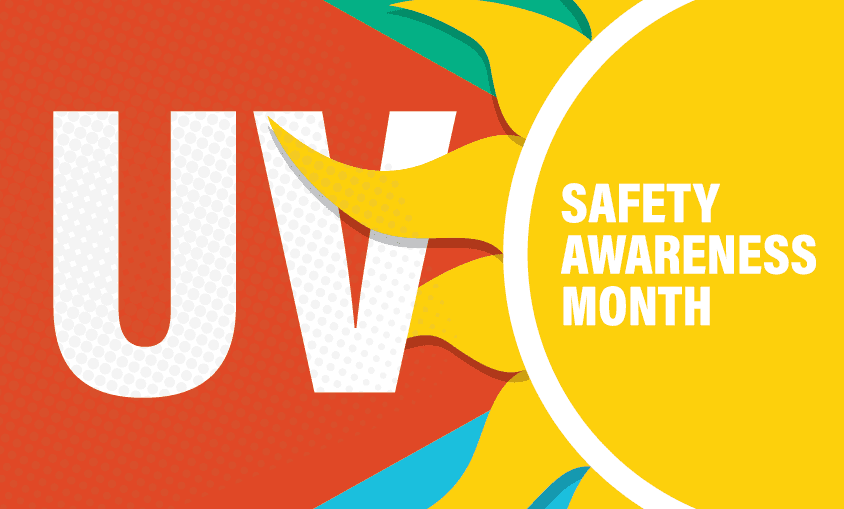Search by Color or Cause


Ultraviolet Awareness Month, observed in July, calls attention to the dangers associated with UV rays. Studies have shown that 20% of cataract cases are a result of UV rays. Sadly, this number has been rising in recent years. Ultraviolet Awareness Month educates people that ultraviolet radiation refers to the invisible high energy rays that come from the sun. Since they are invisible, the naked eyes cannot see them. It is, however, very important to be aware of the damage they can do to the eyes. For this reason, a good pair of sunglasses is extremely important to wear all year long.
In addition to wearing sunglasses, wear an orange or yellow enamel awareness ribbon pin, fabric ribbon, or silicone wristband bracelet. Each represents the importance of staying safe from UV ray exposure.
According to the American Cancer Society:
According to the Centers for Disease Control and Prevention (CDC), Spending time outside is a great way to be physically active, reduce stress, and get Vitamin D. You can work and play outside without raising your skin cancer risk by protecting your skin from the sun. Protection from UV rays is important all year, not just during the summer. UV rays can reach you on cloudy and cool days, and they reflect off of surfaces like water, cement, sand, and snow.
Radiation is the emission (sending out) of energy from any source and ultraviolet (UV) radiation is a form of electromagnetic radiation.
Sunlight is the main source of UV radiation, however there are artificial sources like tanning beds.
The strength of the sun’s UV rays reaching the ground depends on a number of factors, such as:
UVB rays have more energy and are a more potent cause of at least some skin cancers, but both UVA and UVB rays can damage skin and cause skin cancer. There are no safe UV rays. (To learn more about the different types of UV rays, see Ultraviolet (UV) Radiation.)
Some people think about sun protection only when they spend a day at the lake, beach, or pool. But sun exposure adds up day after day, and it happens every time you are in the sun. Even though sunlight is the main source of UV rays, you don’t have to avoid the sun completely. And it would be unwise to stay inside if it would keep you from being active, because physical activity is important for good health. But getting too much sun can be harmful.
Children need special attention. They tend to spend more time outdoors, can burn more easily, and may not be aware of the dangers. Parents and other caregivers should protect children from excess sun exposure by using the steps above. It’s important, particularly in sunnier parts of the world, to cover your children as fully as is reasonable.
You should develop the habit of using sunscreen on exposed skin for yourself and your children whenever you go outdoors and may be exposed to large amounts of sunlight. Children need to be taught about the dangers of too much sun exposure as they become more independent. If you or your child burns easily, be extra careful to cover up, limit exposure, and apply sunscreen.
Babies younger than 6 months should be kept out of direct sunlight and protected from the sun using hats and protective clothing. Sunscreen may be used on small areas of exposed skin only if adequate clothing and shade are not available.
Image:https://lsdc.net/health-tips/july-is-uv-safety-awareness-month/